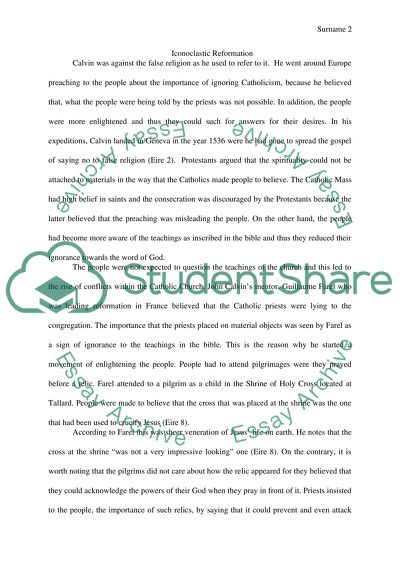Cite this document
(“Religion and Politics/ Religion and Society Book Report/Review”, n.d.)
Retrieved from https://studentshare.org/religion-and-theology/1453270-themes-religion-and-politics-religion-and-society
Retrieved from https://studentshare.org/religion-and-theology/1453270-themes-religion-and-politics-religion-and-society
(Religion and Politics/ Religion and Society Book Report/Review)
https://studentshare.org/religion-and-theology/1453270-themes-religion-and-politics-religion-and-society.
https://studentshare.org/religion-and-theology/1453270-themes-religion-and-politics-religion-and-society.
“Religion and Politics/ Religion and Society Book Report/Review”, n.d. https://studentshare.org/religion-and-theology/1453270-themes-religion-and-politics-religion-and-society.


